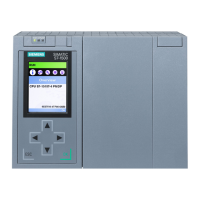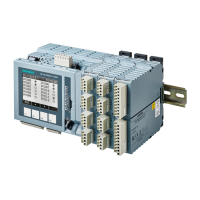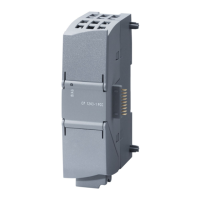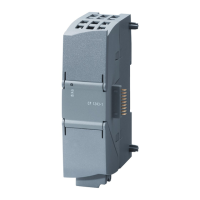Operator controls and operating modes of the CPU 410-5H
7.2 System states of the redundant CPU 410-5H
CPU 410-5H Process Automation/CPU 410 SMART
System Manual, 10/2013, A5E32631667-AA
97
11.The CPU starts up without battery backup until STOP.
12.In stand-alone operation and in single mode, the CPU loads the backed up user program
and performs a warm restart.
In redundant mode, the standby CPU links up to the running master.
System states of the redundant CPU 410-5H
7.2.1
The S7-400H consists of two redundantly configured subsystems that are synchronized via
fiber-optic cables.
The two subsystems form a fault-tolerant automation system that operates with a two-
channel (1-out-of-2) structure based on the "active redundancy" principle.
What does active redundancy mean?
Active redundancy means that all redundant resources are constantly in operation and
simultaneously involved in the execution of the control task.
For the S7-400H this means that the user programs in both CPUs are identical and executed
synchronously by the CPUs.
To identify the two subsystems, we use the traditional expressions of "master" and "standby"
for dual-channel fault-tolerant systems in this description. However, the standby runs event-
synchronized with the master at all times and not just when an error occurs.
The differentiation between the master and standard CPUs is primarily important for
ensuring reproducible fault reactions. The standby goes into troubleshooting mode when
RAM/PIQ errors are detected, for example, while the master CPU remains in RUN.
Master-standby assignment
When the S7-400H is initially switched on, the CPU that started up first becomes the master
CPU, and the other CPU becomes the standby CPU.
The preset master-standby assignment is retained when both CPUs power up
simultaneously.
The master-standby assignment changes when:
1. The standby CPU starts up before the master CPU (interval of at least 3 s)
2. The master CPU fails or goes to STOP in redundant system state

